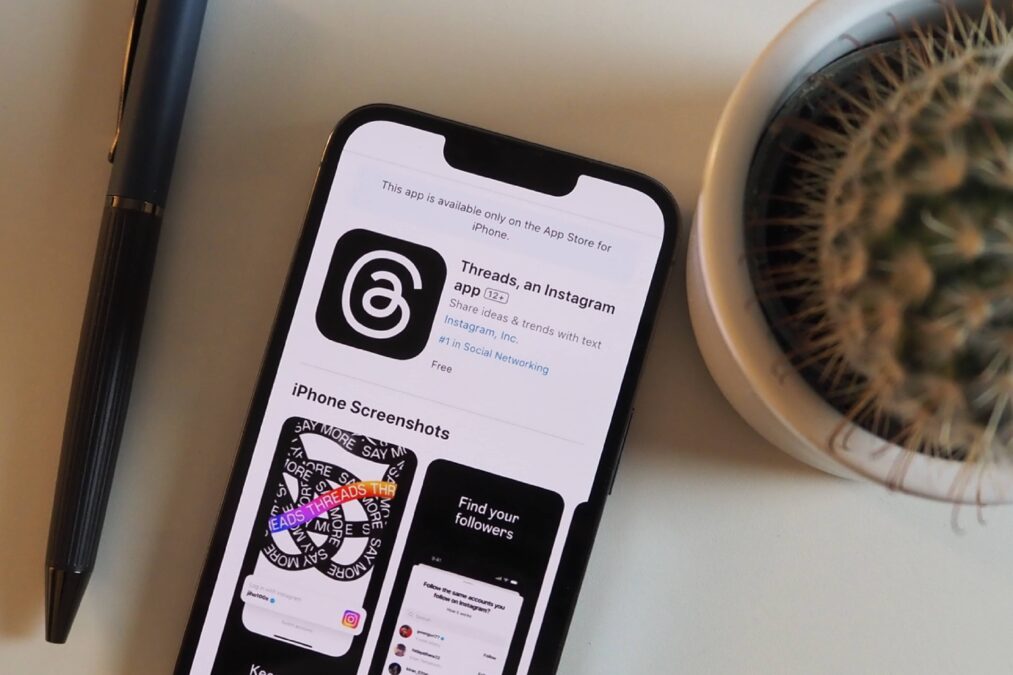MOBILE SEO: DESIGN AND BUILD PAGES WITH MOBILE-FIRST INDEXING IN MIND
More often than not, people grab their phones to search online, so it’s important to consider mobile SEO—and how it differs from traditional SEO best practices—when building out a new site or updating existing pages.
In the United States, mobile devices are used in more than half of the total searches conducted (Statista, 2018). As of Q3 2018, people searched using their mobile devices 56% of the time.

When it comes to which global search engine in the market is the most popular, there’s a clear winner. Whether people are searching from their desktop computer, on their phones/tablet or with a console—when people search, they’re Googling it.

Given Google’s dominance in searches, it’s important to consider the shift to mobile-first indexing, since Google has shifted to looking at mobile sites to determine what content is on a page and where that page ranks for both mobile and desktop searches.
As the trend of mobile searches continues to grow, the importance of Mobile SEO will increase.
HOW TO OPTIMIZE FOR MOBILE
There are several factors to consider; everything from site design to user experience and navigation can affect mobile SEO.
1. Responsive design
One of the first rules for designing sites that are optimized for mobile is to make the site responsive. As the number of mobile devices released each year grows, so do the number of possible screen sizes people will use to view content. Responsive design means that the site will adapt to any screen size.
2. Don’t use Flash
Adobe Flash is an outdated multimedia software, officially given an end-of-life date of 2020, and has several known security flaws. In fact, many browsers block Flash content on both desktop and mobile, and a growing number of mobile operating systems don’t support Flash at all.
3. Think about touchscreen navigation
Given the wide range of screen sizes, it’s important to consider things like spacing around links and the size of clickable text or buttons. Navigating with thumbs or index fingers means there’s a possibility that small or tightly placed items will lead to unintended clicks. Poor user experience can negatively impact mobile SEO efforts and page rank if users are going back to the search results and choosing the next link instead.
MOBILE SEO BEST PRACTICES
Many of the best practices that relate to desktop searches also apply, with slight modifications, to mobile searches.
1. Meta titles and meta descriptions
Meta titles and meta descriptions for mobile should use fewer characters than the traditional maximum of 70 characters for titles and 160 for descriptions. A good idea is to lead with the most important information, such as the keyword you’re primarily targeting, as these elements will be truncated sooner on mobile search engine results pages (SERP) than on desktop SERPs.


As you can see above, the number of characters displayed in both titles and meta descriptions is fewer on mobile SERPs than on desktop SERPS. In addition, the full URL is not shown in the organic link on the mobile SERP (the second listing).
2. Page speed
This is a critical factor in mobile SEO as well. The majority of users will click back and try the next result in the SERP if a page doesn’t load in three seconds.

If people leave your site to click the next link to find their answer, this can negatively impact your page rank. Google interprets this behavior as your content being irrelevant to the search query, even if the bounce was simply due to a user not waiting for your content to fully load.
You can optimize page speed by following these best practices:
- Optimize images (save in the smallest size possible while maintaining image integrity)
- Minify code (reduce unnecessary elements from HTML, CSS and JavaScript)
- Reduce the number of redirects and server calls needed to load the page
3. Allow Googlebot to crawl your site
Googlebot (also known as a spider) is what Google uses to scan websites and determine their content. Make sure you’re not blocking Googlebot via your robot.txt file. In order to ensure you’re maximizing your mobile SEO efforts, check to ensure that “Googlebot (smartphones)” can access the important sections of your site.
You can use tools such as Screaming Frog to crawl your page using the “Googlebot (smartphones)” spider. This will show you how Google sees your page and help to identify any areas of these mobile SEO best practices where you could improve and further optimize your site.
4. Schema.org and structured data
Another mobile SEO best practice is to use Schema.org and structured data to mark up information on your site so that search engines can better match queries. As Google continues to serve up quick answers, it’s increasingly important to use structured data to help land that coveted position 0 at the top of the SERPs.
Follow these best practices to optimize your site and help give your content a chance to stand out in the new mobile-first indexing world.



